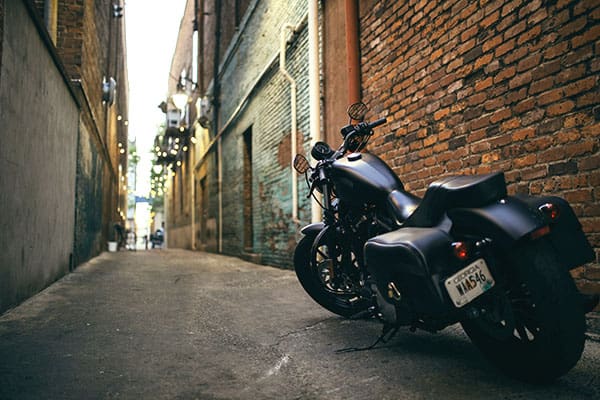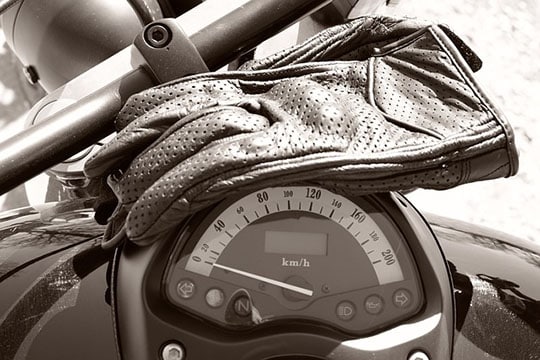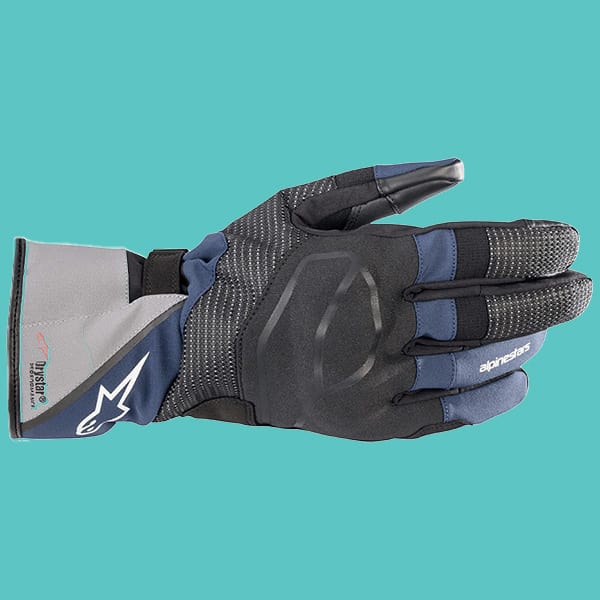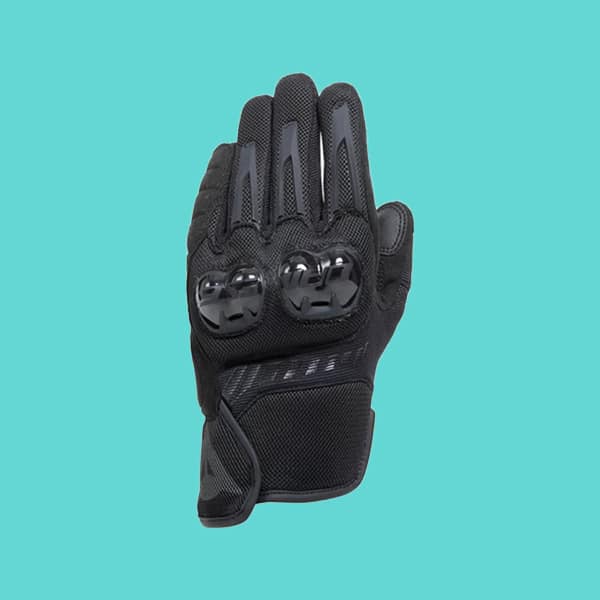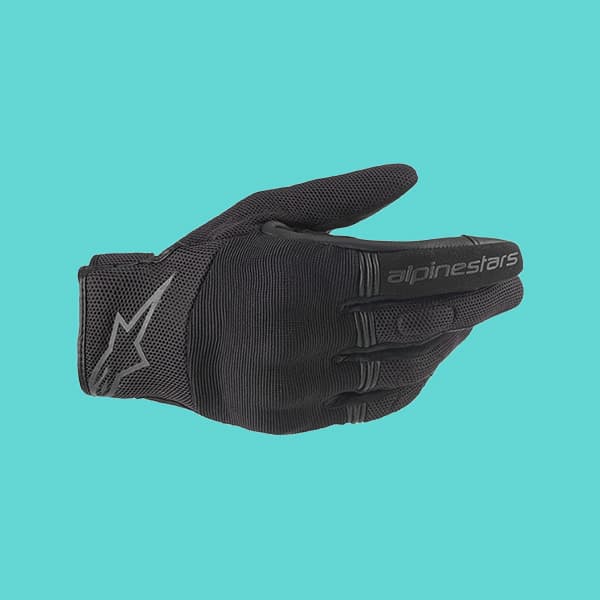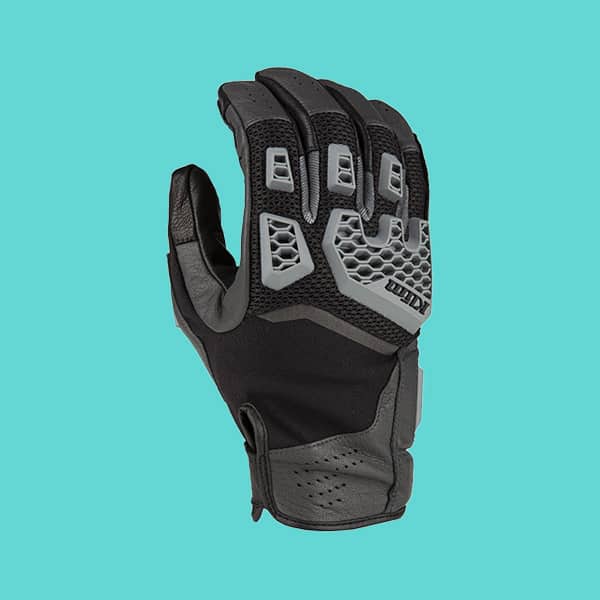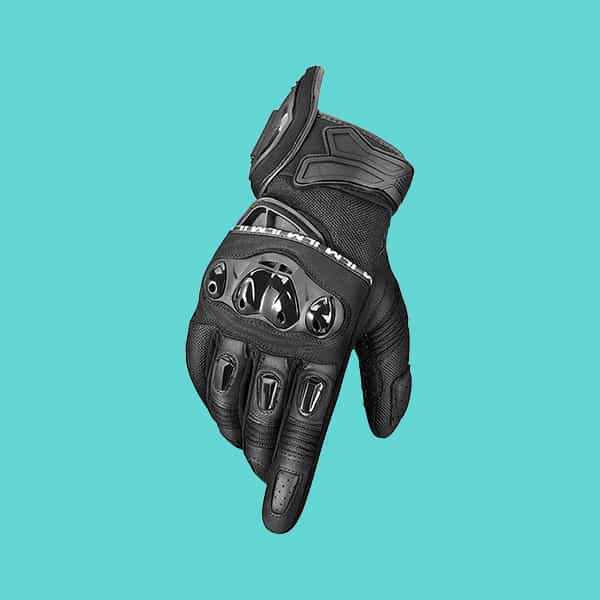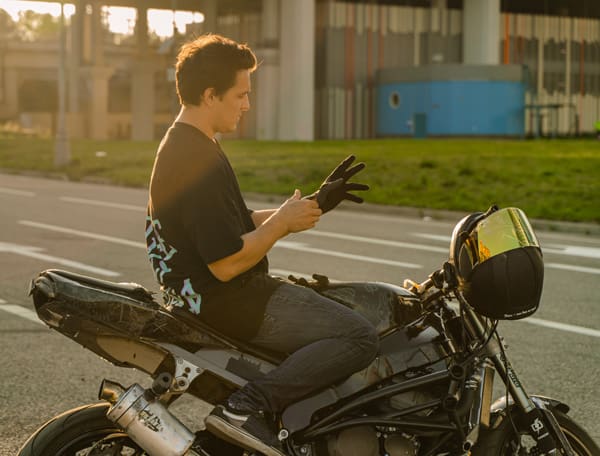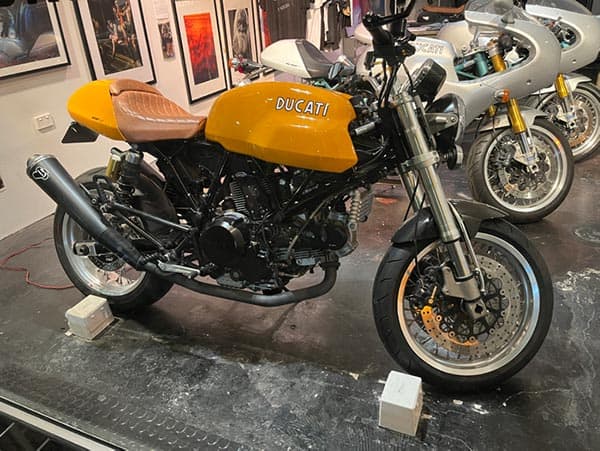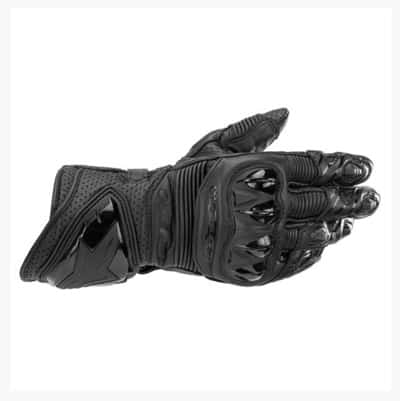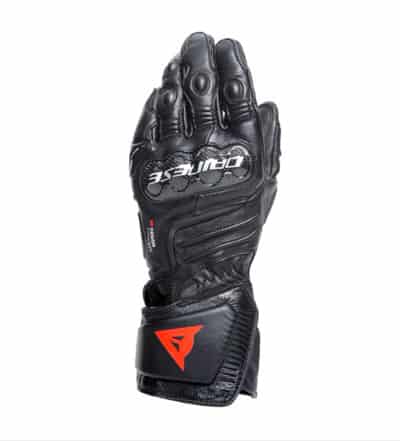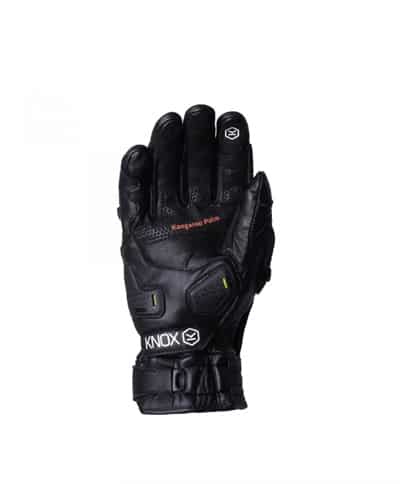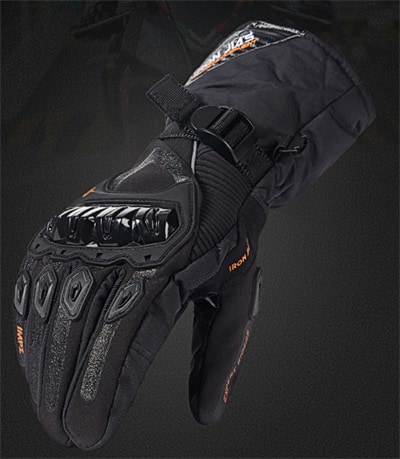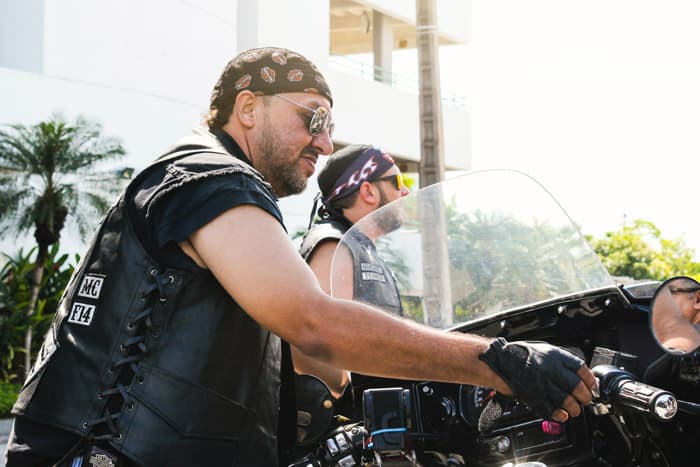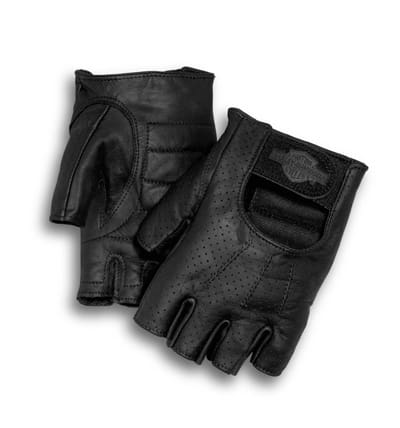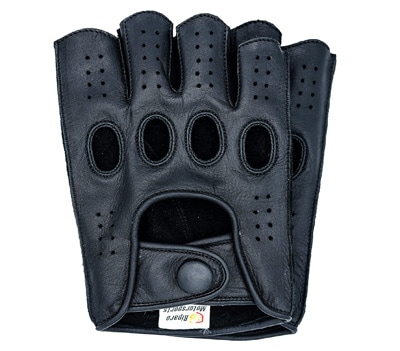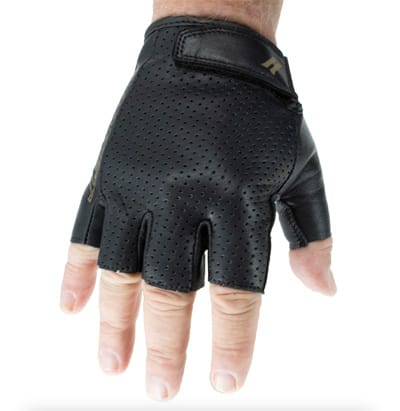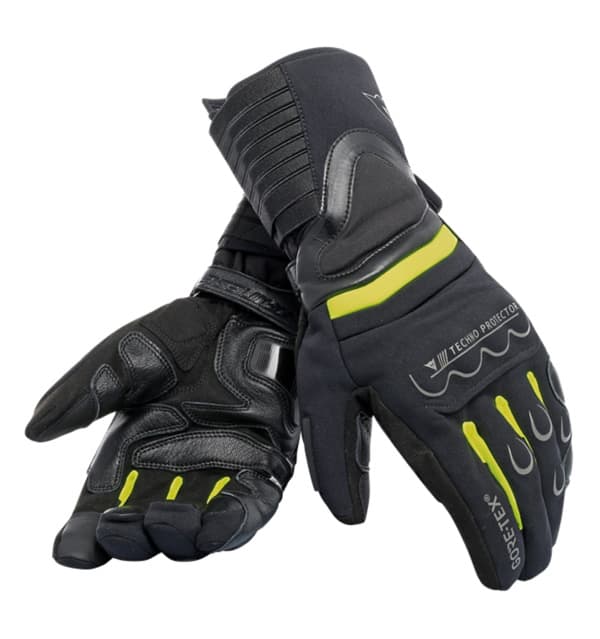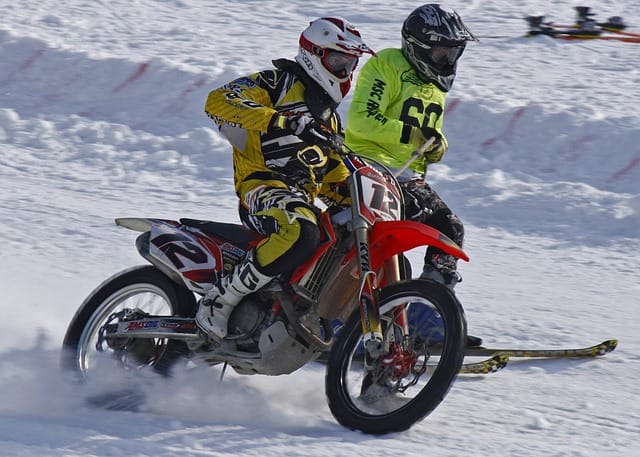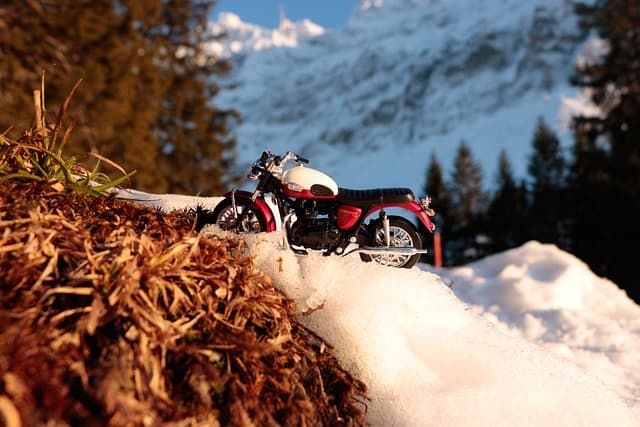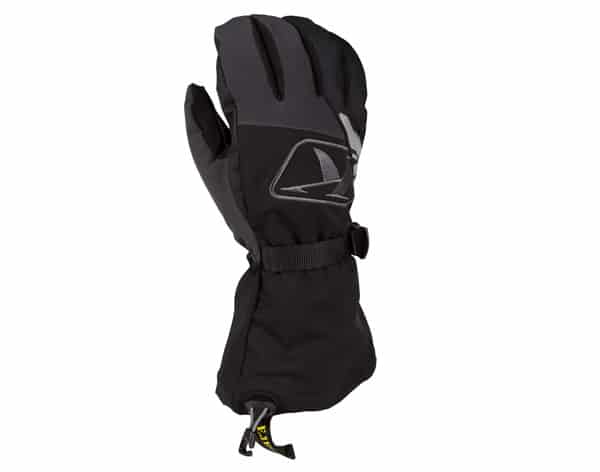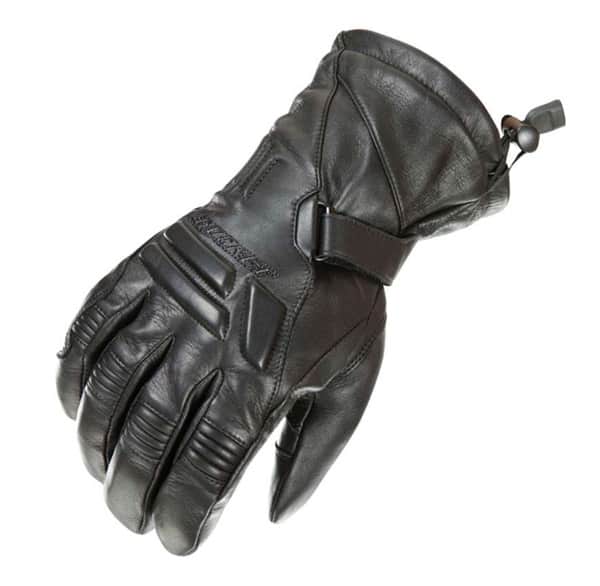Why Do Motorcycles Have A Kill Switch?
What is a Kill Switch on a Motorcycle and Why You Need One?
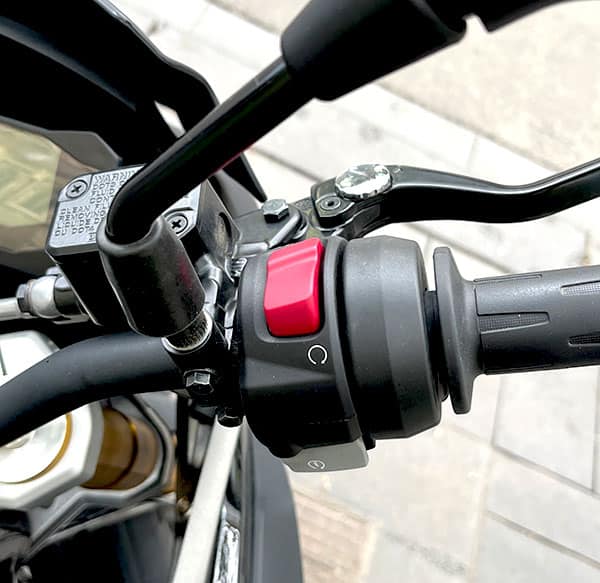
I’ve always been intrigued by the intricate features and components that make up my beloved two-wheeler. Recently, I became particularly interested in the kill switch and its role in motorcycle safety. So, I decided to do some research and uncover what a kill switch on a motorcycle actually does and why it’s important to have one. In this article, I’ll guide you through everything you need to know about kill switches from their functionality and safety benefits, how to troubleshoot common issues, install them on your bike, maintain them properly, and even explore some alternatives.
What is a Kill Switch on a Motorcycle?
Have you ever noticed a small red button on the right side of a motorcycle handlebar? That’s the kill switch, and it’s a crucial safety device that plays a critical role in preventing accidents and ensuring rider safety. The kill switch allows the rider to quickly shut off the engine in case of an emergency or when the rider needs to bring the bike to a halt immediately. While the concept of a kill switch has been around for decades, it has become even more relevant in modern motorcycles due to their increasing complexity. Some models even come with additional safety features, such as an automatic shut-off when the bike tips over.
When the rider activates the kill switch, it cuts off the power supply to the ignition system, causing the engine to stop running. Regardless of the design, the primary purpose of the kill switch remains the same: to shut off the engine quickly and safely. So, the next time you see that little red button, you’ll know just how important it is for your safety.
How Does a Motorcycle Kill Switch Work?

The motorcycle kill switch works by interrupting the electrical circuit that powers the ignition system. When the kill switch is activated, it cuts off the flow of electricity to the ignition coils, resulting in the engine shutting down. The kill switch is essentially a relay that either connects or disconnects the electrical circuit based on its position. To understand the working of a kill switch better, let’s take a look at the basic components involved in its operation:
- Ignition Switch -The ignition switch is the master control for your motorcycle’s electrical system. When you turn the ignition switch on, it completes an electrical circuit that allows power to flow to the various electrical components of your motorcycle, including the kill switch.
- Kill Switch -The kill switch is a safety feature that allows you to quickly and easily shut off your motorcycle’s engine in an emergency. When the kill switch is in the “off” position, it breaks the electrical circuit that powers the ignition system, causing the engine to stop running.
- Ignition System -The ignition system is responsible for generating the spark that ignites the fuel-air mixture in your motorcycle’s engine. When the kill switch cuts off power to the ignition system, the engine is no longer able to produce a spark, causing it to stop running.
Troubleshooting Common Issues
| Problem | Possible Causes | Solutions |
|---|---|---|
| Kill switch not working | – Corroded or loose electrical connections – Damaged or worn-out kill switch | – Clean and secure electrical connections – Replace kill switch – Consult professional mechanic |
| Engine stalls when kill switch is activated | – Faulty ignition switch – Problem with ignition system | – Check ignition switch – Check ignition system – Consult professional mechanic |
| Engine does not start after using kill switch | – Drained battery – Faulty starter relay | – Check battery – Check starter relay – Consult professional mechanic |
How to Install a Kill Switch on a Motorcycle
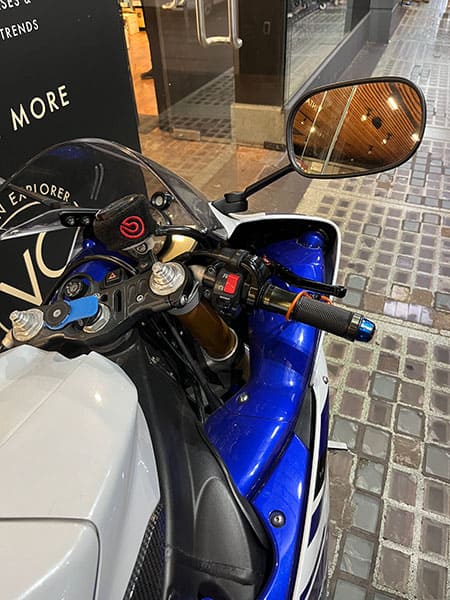
If your motorcycle does not have a kill switch, or you want to replace the existing one, you can easily install one yourself. Here’s a step by step guide on how to install one yourself:
- Choose – a kill switch that is compatible. There are many different types of kill switches available, so it is important to choose one that will fit your motorcycle and your needs. Here is a Universal Unit You Can Purchase.
- Locate – the ignition coils. The ignition coils are typically located near the engine, and they have wires that run to the spark plugs.
- Disconnect – the wires from the ignition coils. This will prevent the engine from starting accidentally while you are installing the kill switch.
- Connect – the kill switch to the wires from the ignition coils. Follow the instructions that came with your kill switch to make sure that you connect the wires correctly.
- Mount – The kill switch should be mounted in a location where it is easy to reach.
- Test – Turn on the ignition and start the engine. Then, activate the kill switch and make sure that the engine shuts off immediately.
Kill Switch Maintenance Tips
It is important to keep your kill switch in good working order by following these simple maintenance tips:
- Clean the Kill Switch – Over time, dirt and grime can accumulate on the kill switch, affecting its functionality. To clean the it, use a soft cloth and a mild cleaning solution. Be sure to dry the it thoroughly after cleaning.
- Check Electrical Connections – Periodically check the electrical connections of the kill switch to ensure that they are clean and secure. Loose or corroded connections can cause it to malfunction. If you notice any loose or corroded connections, tighten them or replace the connectors as needed.
- Inspect the Mechanism – Inspect the kill switch mechanism for any signs of wear or damage. If you notice any issues, it may be time to replace the unit. A new kill switch is a relatively inexpensive part, and it is worth replacing the it, if it is damaged.
Alternatives and Enhancements

While the traditional kill switch is a vital safety feature on motorcycles, there are some alternatives and enhancements that you can consider to improve your bike’s safety. Some of these include:
- Automatic Kill Switch: An automatic kill switch is a safety feature that shuts off the engine automatically when the bike tips over. This can be particularly useful in case of an accident, as it can prevent the engine from continuing to run and causing further damage or injury.
- Remote Kill Switch: A remote kill switch is a device that allows the rider to shut off the engine from a distance. This can be particularly useful in case of theft, as it can prevent the thief from starting the engine and riding away with the bike.
- Dual Kill Switches: Some riders choose to install dual kill switches on their bikes for added safety. This involves installing a second kill switch in a different location, such as on the left handlebar or near the foot pegs. This ensures that the rider can access the kill switch from multiple locations in case of an emergency and could work as theft prevention tool as well.
FAQs
Are you supposed to use the kill switch on a motorcycle?
Yes, the kill switch is a recommended way to shut off a motorcycle’s engine.
What happens if you hit the kill switch while riding?
If you hit the kill switch while riding, the engine will immediately shut off and the motorcycle will slow down. This can be dangerous and is not recommended.
What is the disadvantage of a kill switch?
The disadvantage of a kill switch is that it can be accidentally hit while riding, causing the engine to shut off unexpectedly.
Why do people hit the Killswitch?
People hit the kill switch to quickly shut off the motorcycle’s engine when they need to stop or park the bike.
Does Killswitch stop spark?
Yes, the kill switch stops the spark from the spark plug, which in turn stops the engine from running.
How should you turn off a motorcycle?
You should turn off a motorcycle by using the kill switch or by turning the key to the off position.
What does it mean to killswitch someone motorcycle?
To killswitch someone’s motorcycle means to disable the engine by turning off the ignition or using the kill switch, usually as a prank or act of vandalism.
How do you turn off a bike without a Killswitch?
If your motorcycle doesn’t have a kill switch, you can turn off the engine by turning the key to the off position or by putting the bike in gear and pulling in the clutch while applying the brakes until the engine stalls.
Does a kill switch kill your battery?
No, the kill switch does not kill your battery. It only stops the flow of electricity to the engine, which stops the engine from running.
Why does my motorcycle keep running after the kill switch?
If your motorcycle keeps running after you hit the kill switch, it could be due to a malfunctioning switch, wiring issue, or other electrical problem. It’s important to have this issue diagnosed and repaired by a qualified mechanic.
Why Do Motorcycles Have A Kill Switch? Read More »

